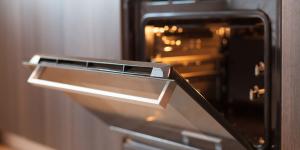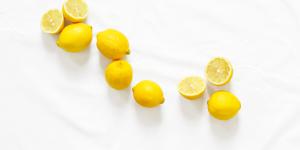How to Remove Scratches from your Glass Ceramic Stovetop


When we think ceramic and glass as materials, we often picture delicate crockery or ornaments. This means it almost seems counterintuitive to have a ceramic stove top. With all the pots and pans banging against it, your glass ceramic stove top can take a few scratches. The scratches on your glass ceramic stove top could be from everyday use or from a simple accident (like something heavy falling from a shelf), but know that it's not the end of the world. You can remove scratches using some of the following techniques. You have to carefully test them out, but don't push it. If there is serious damage to your hob we recommend contacting a professional. At oneHOWTO we will show you some tricks on how to remove scratches from your glass ceramic stovetop.
You'll need:
- Toothpaste
- Ammonia
- Metal Cleaner
- Bicarbonate of soda
- Cotton wool
- Cotton cloths
Toothpaste
A glass ceramic stovetop (or cooktop as it is sometimes known) is made from both glass and ceramic. The reason for this is quite amazing. If you were to use only glass or ceramic, your cooktop is not going to last very long. This is due to the notorious brittleness of the two materials. If you have a black glass ceramic cooktop, especially, it will be prone to scratches and visible damage.
However, when the two materials are combined, you get glass-ceramic. This is a new material which has some incredible properties making it near perfect for stovetop cooking. It can withstand very high temperatures, has zero porosity (meaning moisture cannot get through), can be opaque or translucent, is easy to clean and should be completely flat. However, they are still more brittle than a metal top and scratches from every day wear and tear can still occur.
There is hope, as we have some great ways for cleaning glass and ceramic cooktops, big or small. Whether you have a scratch or simply want to buff them back to their original brilliance, we have the tips for you.
One of the most used tricks to remove scratches from a ceramic cooktop is to apply toothpaste. This usually works for small scratches that are not very deep. While we may not think of toothpaste as a cleaning material for anything other than teeth, this trick for your stovetop might just work for you. Take a look at these easy instructions for this method:
- Put a small amount of white toothpaste on a cotton cloth.
- Rub the damaged area until the scratch disappears, repeat this action as necessary.
- Finally, use a clean cloth to remove excess toothpaste.
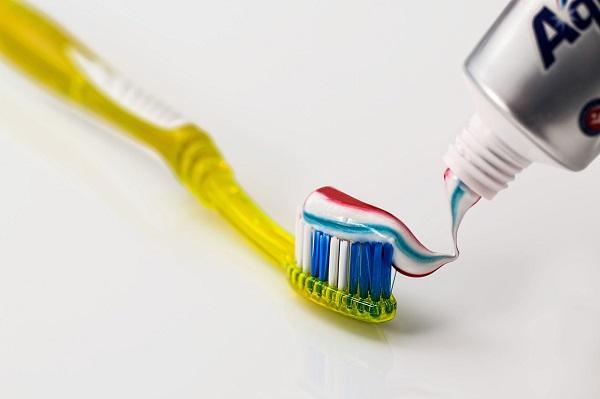
Ammonia
Ammonia is a great substance for household cleaning. It is also something we need to be careful of. It's unsurprising then that a great tip for removing scratches from your glass ceramic hob is to use an ammonia solution.
- Mix a pint of water with about 20 ml of ammonia
- Wet a soft cloth and rub, using a circular motion, over the damaged area.
- Repeat the process as necessary until the scratch disappears.
Ammonia can be bought in a pre-diluted household form, so you can skip part one if you already have a suitable solution at hand. If trying to remove foodstuffs which have adhered to the surface of your cooktop, ammonia can help break down the grease and dirt.
Soaking your cooktop is also very useful. Take the ammonia solution and leave enough to cover and dried on food on the black glass ceramic cooktop. Both the ammonia and the water will breakdown tough dried on food. This should make removing the offending material easy to do. You may have to keep working baked on food with the cloth, but a plastic scraper might be even more effective. Just be sure not to add any more scratches to it.
For marble counters, check our article on how to clean marble.
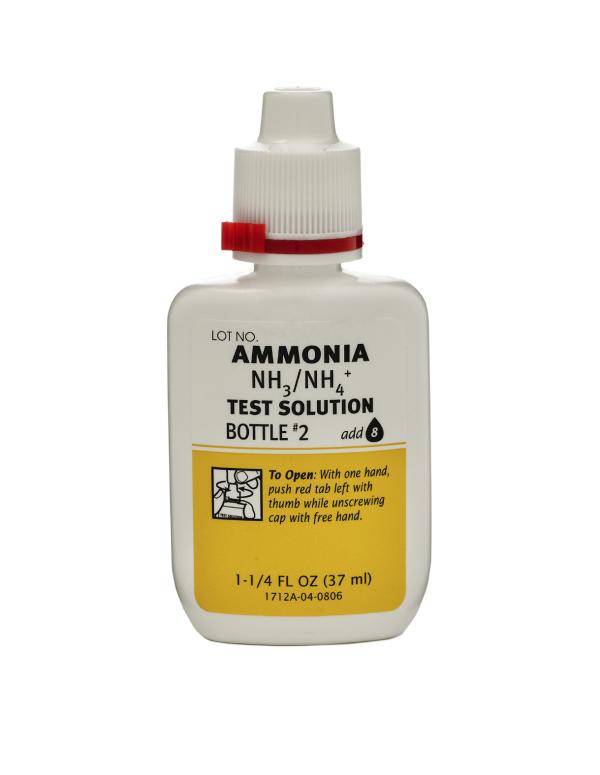
Metal cleaner
Another way to remove scratches from your glass ceramic hob is by using metal cleaner. Your metal cleaner might also be called metal polish, but check the label to make sure it can be used on a glass ceramic stove top surface. If it's not, you may end up corroding the black cooktop. Polish works great as many of these types of hob are black glass cooktops and can use a polishing afterwards anyway. This way you kill two birds with one stone.
Use a small amount of metal cleaner with a soft cloth or a cotton wool pad. Before applying to the entire hob, test it out on a less visible area. If you see that it works, proceed to spread the cleaner all over the damaged area on the glass ceramic stovetop. Rub the scratches gently using a circular motion.
Remove the metal cleaner residue with a damp, clean cloth. If there are still visible scratches after this process, you can reapply the cleaner with a soft sponge. This works particularly good with black glass ceramic stovetops, but you can get white glass ceramic stovetops as well. It is harder to see some scratches on white cooktops, but marks and dried on food are more clearly visible.
Baking soda
You might be surprised at just how many everyday uses there are with baking soda. Cleaning a glass ceramic cooktop is no exception. Sodium bicarbonate or baking soda can be used to remove the scratches from your ceramic stovetop with relative ease. It's a home remedy for cleaning which has been passed down for generations. Just mix bicarbonate of soda with water to make a thick paste, but which can still easily be applied to any surface. The paste should not be too dry as this can damage the hob.
Apply the baking soda paste so that it covers the whole black cooktop. In a basin of hot water, soak two dish cloths. Squeeze out a little excess water so that the cloths are wet, but not dripping everywhere. Lay the cloths over the glass cooktop so that they cover them completely. Leave for 15 - 30 minutes depending on how dirty or scratched is your glass ceramic stovetop. After this time, use either the dish cloths or a soft cloth and carefully rub over scratches. Then proceed to wipe away the remaining bicarbonate of soda with a clean microfiber cloth until dry and buffed.
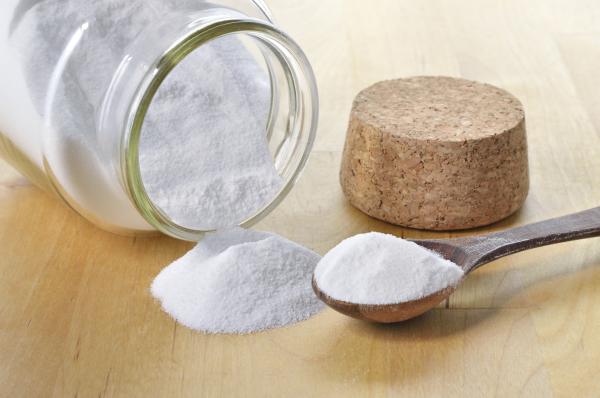
Cleanser and polisher
Some people who have suffered from this problem before have tried a simple method that seems to be effective. Simply scrape down the ceramic stovetop and clean it with a cream stovetop cleanser. You will end up with a similar paste to the baking soda. Leave it on for a few minutes and gently clean off with a paper towel.
You will want to polish the cooktop after the cleanser has been removed. Soft gauze will work, but if you have to keep working baked on food, you will need something stronger. A plastic scraper with a flat edge is ideal. Some use a razor blade. While this is effective, they are so sharp they can cause their own scratches if you slip.
Rubbing the stovetop by hand can lead to some strained joints as a little elbow grease is required. To make it easier on yourself, here is a trick. You can find buffer attachments for electric drills in any good hardware store. Simply pull the drill trigger after applying the cleanser and polish. This will buff the scratches out and save you some hassle. It should give you a good polish on black glass cooktops in particular.
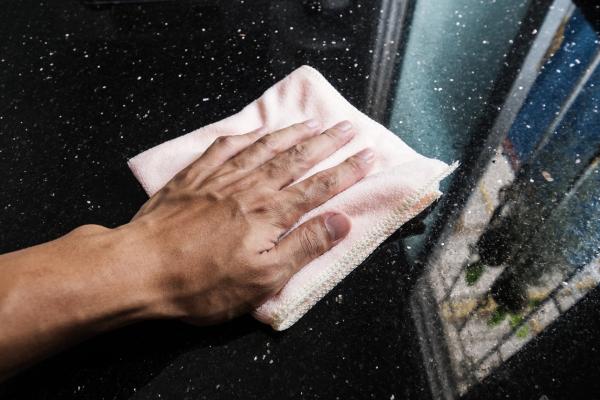
Rubbing compound and diatomaceous earth
Rubbing compounds are great for ceramic stovetop scratch repair, but you need to make sure you don't use too coarse a grain. If you do, you might end up making more scratches than repairing them.
A little known, but really useful, product you might want to try is diatomaceous earth. This is a fine grain soft sedimentary rock which is naturally occurring. However, as you are working around food in the kitchen, you will need to use food grade diatomaceous earth. This will not have any toxic elements added and you can even ingest it without it doing any harm. You should be careful of inhaling it if you have asthma or a similar respiratory condition.
For how to remove scratches from glass stove top with diatomaceous earth, mix equal parts DE with water and apply the paste to the glass cooktop. Leave it for 15 minutes and then wipe it off with a cloth or towel. You shouldn't need too much scrubbing, but a good polish or buffing will be a good idea.
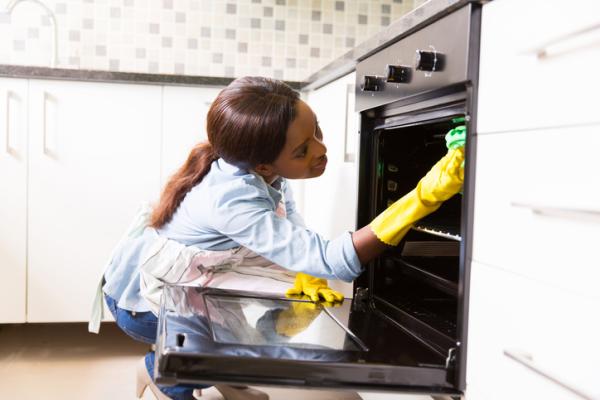
How to avoid scratches on your glass ceramic stove top
Taking good care of your glass ceramic cooktop in the first place will mean that you won't need too much cleansing and polishing in the future. Here are some tips to help you get the most out of your cooker:
- Don't exceed the maximum pan size of your stovetop. This should be given in the instructions which come with the stove, but if you inherit one without a manual, you should be able to see by the markings on the black glass tops. The ring should demarcate the maximum pot size to use.
- Use flat bottomed pots and pans. One advantage of glass ceramic cooktops is the even spread of heat. This makes them more energy efficient than gas hobs as the gas radiates heat in every direction (even if they are a better way to control the heat). Making sure the pans are flat will stop them wobbling about on the glass tops and prevent scratches.
- Don't put heavy objects above the stovetop. This is pretty obvious as heavy items can not just scratch, but break and ruin glass ceramic stoves.
- Don't slide pans over the surface. Lift the pots and pans so that they don't scratch as you move them along.
- Never leave sugary substances on the hob. If you have a glass top hob, anything with a lot of sugar like jam, coulis or similar will cook onto the glass ceramic. If you see any on the hob, carefully wipe it off immediately. There are instances of sugary food sticking spoons onto glass cooktops forever.
If you want to read similar articles to How to Remove Scratches from your Glass Ceramic Stovetop, we recommend you visit our Home cleaning category.
Tips
- Make sure your stove top has not been in use for a while and that the heat has totally faded as this could produce unwanted marks.
